Supporting sustainable fisheries
The expertise of a specialist group of UQ researchers is helping influence policies that are protecting Queensland’s fisheries – a vital natural resource that contributes nearly $600 million each year to Queensland’s economy.
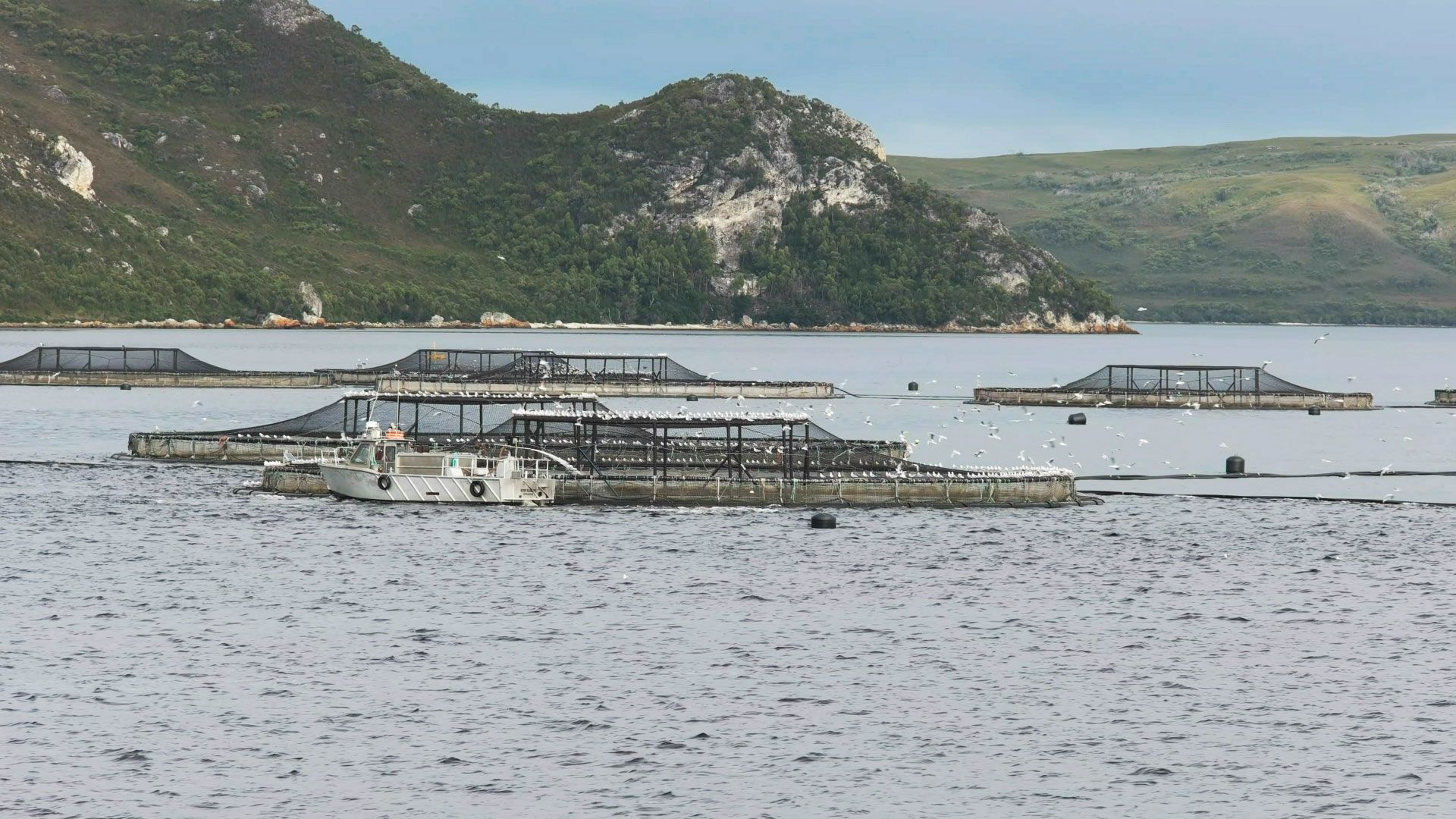
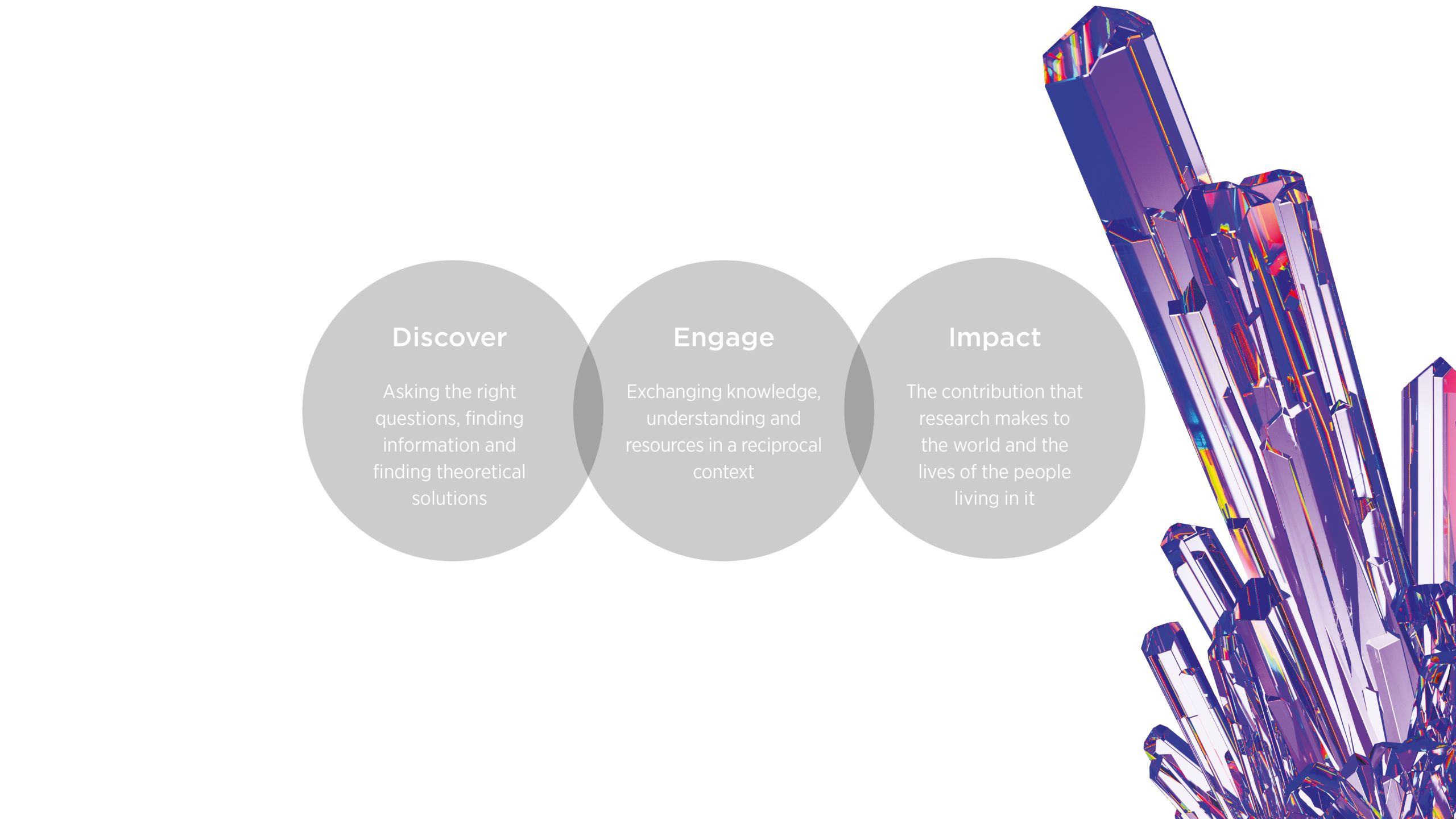

Fishing is big business in Queensland.
For a start, there are about 1500 licensed commercial fishing boats, harvesting an estimated $190 million in seafood every year.
The recreational fishing industry is twice as large, with an estimated 640,000 Queensland fishers spending about $400 million a year on this popular pastime.
So it should come as no surprise to learn that over-exploitation of fisheries is as bad for the economy as it is for Queensland’s coastal ecosystems.
And that’s where UQ’s research expertise comes to the rescue.
One of the best ways to minimise over-fishing and protect the viability of our valuable fisheries is to use advanced modelling and assessment techniques to estimate fish abundance and determine sustainable quotas.
UQ’s Centre for Applications in Natural Resource Mathematics (CARM) was established in 2010 to do just that – develop and apply mathematical and statistical theory to improve the management not only of Queensland’s fisheries but also forestry, water security, conservation, pest and disease management, and adaptation to rapid global change.
An active unit within UQ’s School of Mathematics and Physics, CARM partners with Queensland’s Department of Agriculture and Fisheries (DAF) to equip its stock assessments with the very latest statistical and mathematical modelling methodologies, and support its Sustainable Fisheries Strategy.
CARM Director Professor Jerzy Filar says one of the strategy’s goals is to determine sustainable harvest levels that deliver economic benefits without dangerously depleting fish stocks – a challenging research problem.
“For example, fisheries are not fully observable and fish numbers vary as they are lost to predators, disease, ageing, fishing pressures and other environmental factors,” he says.
Director of UQ’s Global Change Institute Professor Ove Hoegh-Guldberg says the problem is further exacerbated because “everything is connected”.
“Critical life history stages of many fish species use ecosystems such as mangroves and coral reefs as nurseries, while the same fish as adults provide ecological services that maintain these ecosystems,” he says.
“The big challenge is how we incorporate humans without crashing the system.”

Since CARM started working with its Queensland Government colleagues, the UQ researchers have had a big influence on the state’s fishery management practices.
In 2016, responding to concerns about declining catches of legal-sized saucer scallop, Dr Wen-Hsi Yang and Professor Kaye Basford worked closely with DAF’s fisheries stock assessment team.
The team’s analysis alerted decision-makers to the fact that the scallop spawning ratio of 2015 had fallen to just six per cent of 1977 levels.
Based on the researchers’ findings, Fisheries Queensland officers met with commercial operators to outline the protection measures needed to re-build yields and sustain the market.
These measures included the closure of six high-density areas (referred to as the scallop replenishment areas), and of a winter-spawning zone from May to October.
Given the many sensitivities associated with closing down a source of seafood production, and to provide even more weight to the research findings, DAF asked the US National Oceanic and Atmospheric Administration (NOAA) to review UQ’s modelling methodologies.
NOAA reported back to the Queensland Government that: “The model is state-of-the-art. It reflects a great deal of ingenuity to capture not only the temporal dynamics but also the spatial aspects of the fishery.”
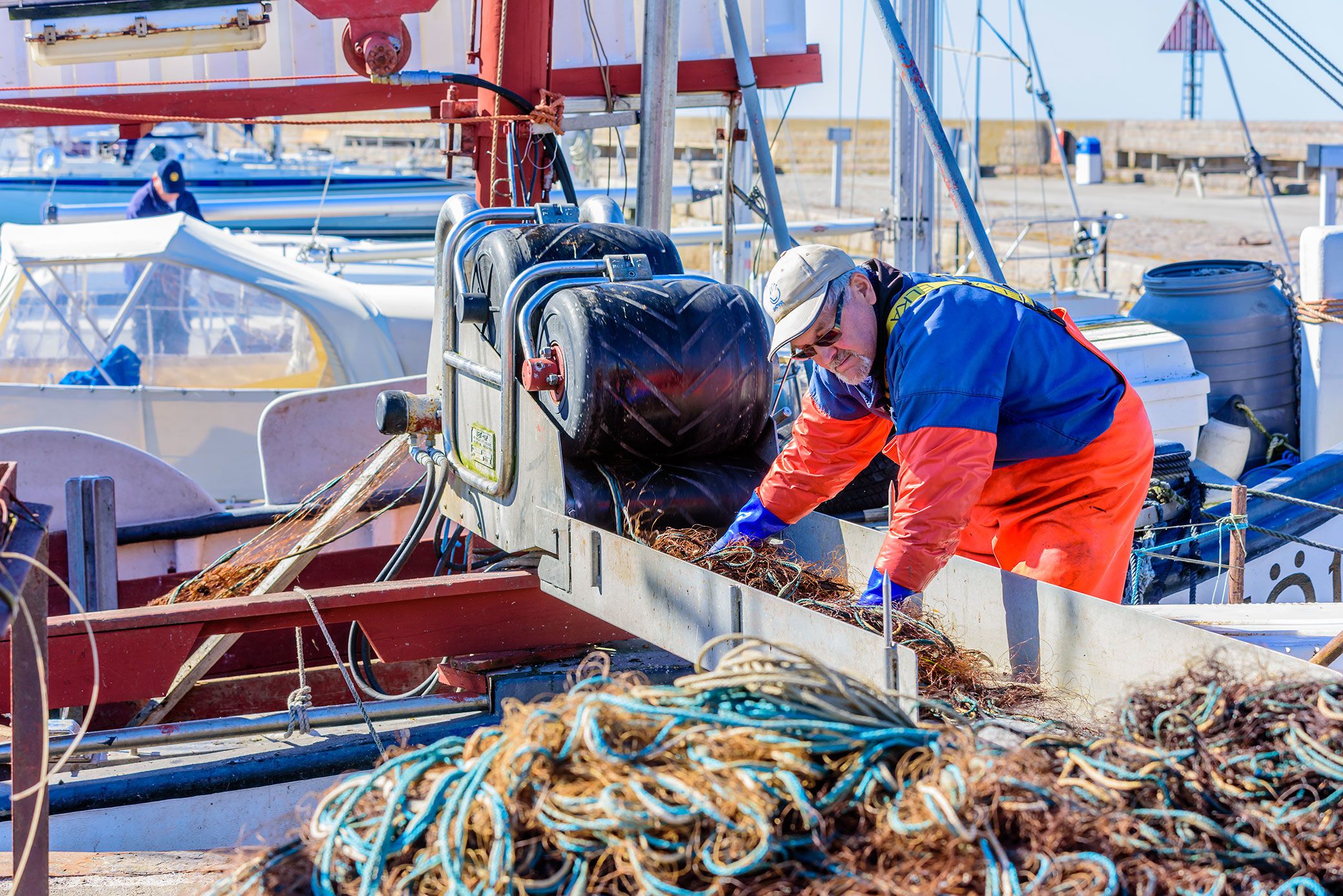
At any given time, CARM researchers are working with DAF on multiple fisheries management research programs.
In 2013–14, CARM collaborated with DAF and Fisheries Queensland scientists to develop a regional-, sex- and age-structured population model for grey mackerel on Queensland’s east coast.
The study helped determine allowable commercial catch levels for the fishery and addressed several other issues such as setting minimum legal sizes.
In other work, CARM’s Dr Matt Holden is examining harvest strategies for coral trout in the Torres Strait Finfish Fishery, while Dr Sabrina Streipert and DAF collaborators are redesigning a stock assessment model for barramundi.
CARM’s achievements have been driven by a strong partnership between UQ and DAF, which includes sharing access to infrastructure and other resources.
And its research output is not just limited to fishery projects, but also includes model solutions for forestry, water security, pest and disease management, and adaptation to climate change.
So, next time you munch into a delicious feed of Queensland prawns, scallops or barra, spare a thought for the ongoing research that is helping ensure we can enjoy this valuable resource for many years to come.
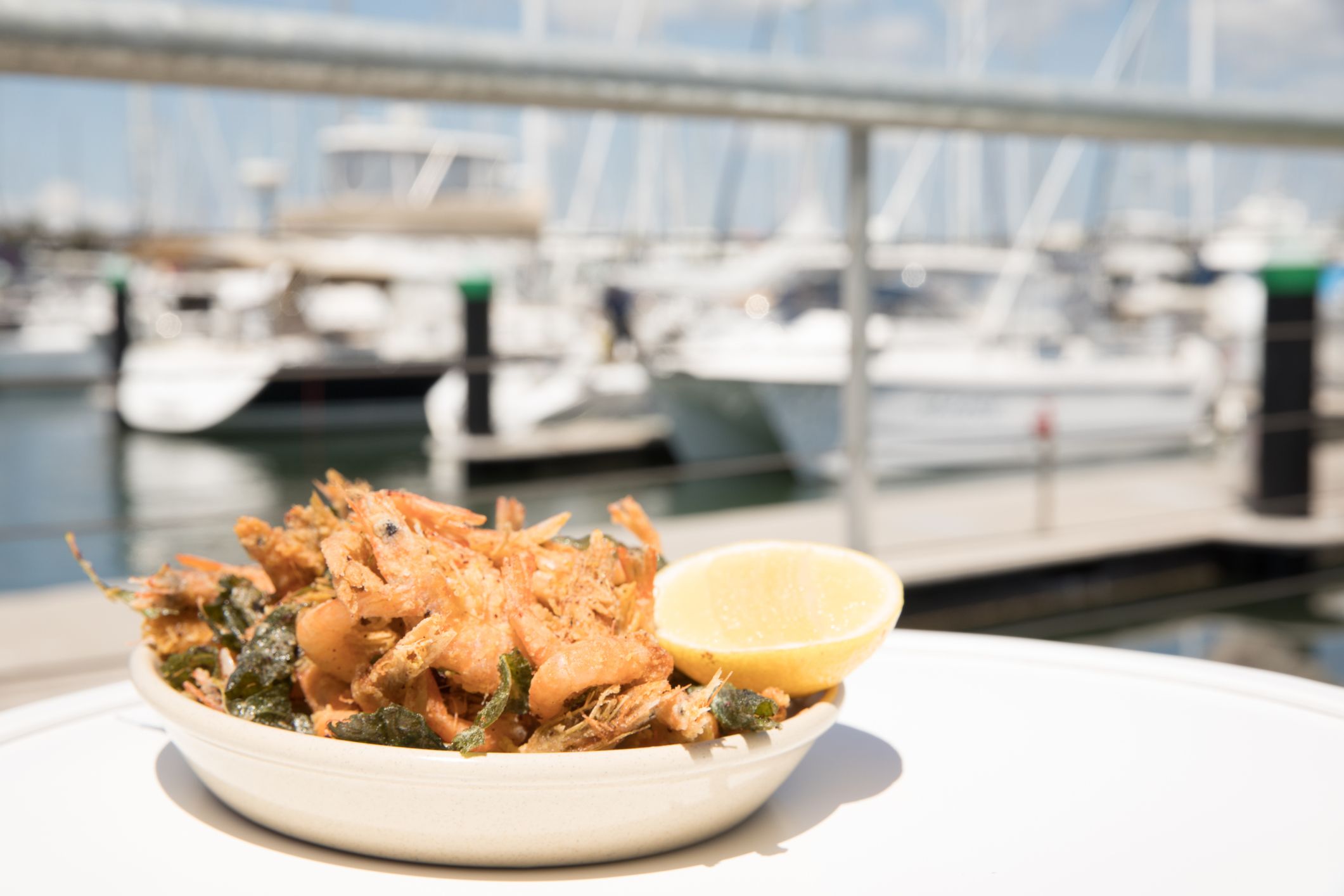
The story so far:
2010: The Centre for Applications in Natural Resource Mathematics (CARM) in the UQ School of Mathematics and Physics is established.
2013–14: CARM collaborates with DAF and Fisheries Queensland scientists to study grey mackerel along the Queensland east coast. The study developed east-coast wide and regional total allowable commercial catch levels and addressed several other issues such as setting the minimum legal size.
2014: CARM’s seasonal and latitudinal growth model was applied to biological and economic management strategy evaluations of the $45 million eastern king prawn fishery.
2015: By applying methodologies developed by CARM, scientists and fishery managers set limits in key fisheries management reference points for the trawl fishery, especially the North Queensland tiger/endeavour prawn fishery and the Moreton Bay trawl fishery. The catch for the year was some $60 million of prawns for Queensland.
2016: Dr Yang and Professor Basford (from CARM) collaborated with DAF researchers on a quantitative assessment of the Queensland saucer scallop fishery.
2017: CARM’s analysis of the Queensland saucer scallop fishery results in the closure of scallop replenishment areas and a winter spawning zone.
2018: CARM’s researchers are working on an assessment of coral trout and barramundi, and the impact of environmental factors on the abundance of saucer scallops.
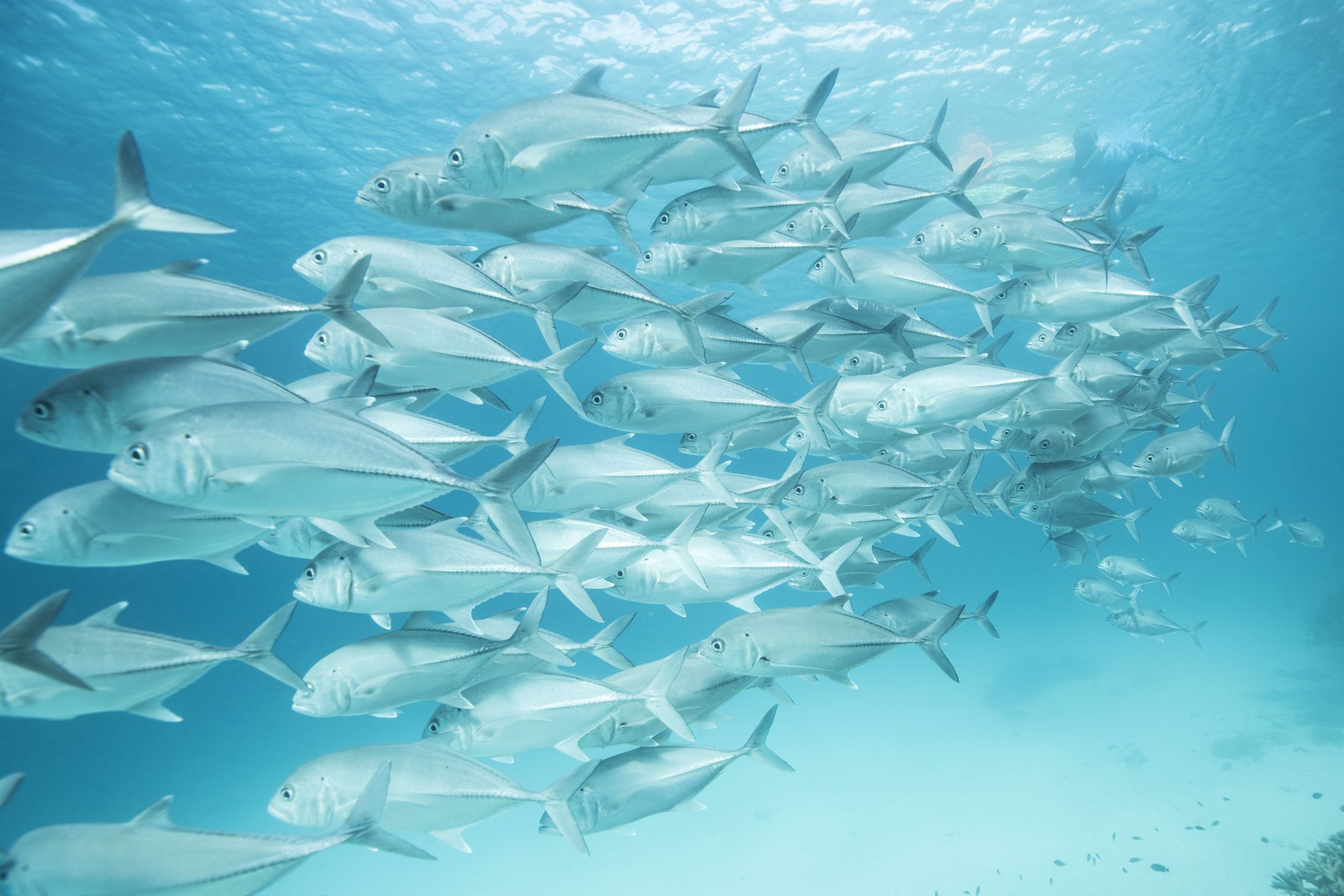
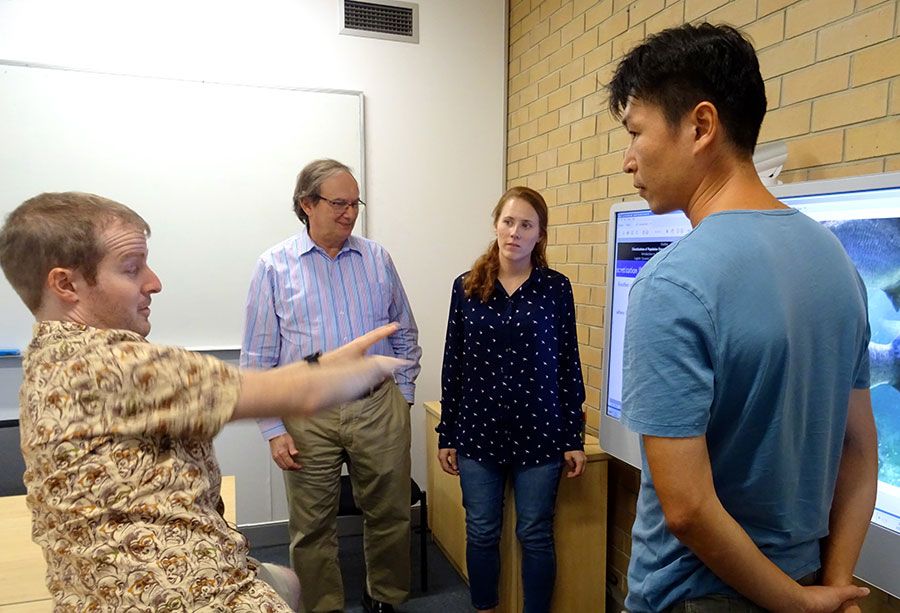
UQ CARM team left to right – Mathew Holden, Jerzy Filar, Sabrina Streipert and Wen-Hsi Yang
UQ CARM team left to right – Mathew Holden, Jerzy Filar, Sabrina Streipert and Wen-Hsi Yang
Contact details
Professor Jerzy Filar, Director of CARM
Email: j.filar@uq.edu.au
Phone: +61 7 336 52236
Web: researchers.uq.edu.au/researcher/16474
This article was last updated on 13 March 2019.
Read more about how UQ researchers are making an impact.


